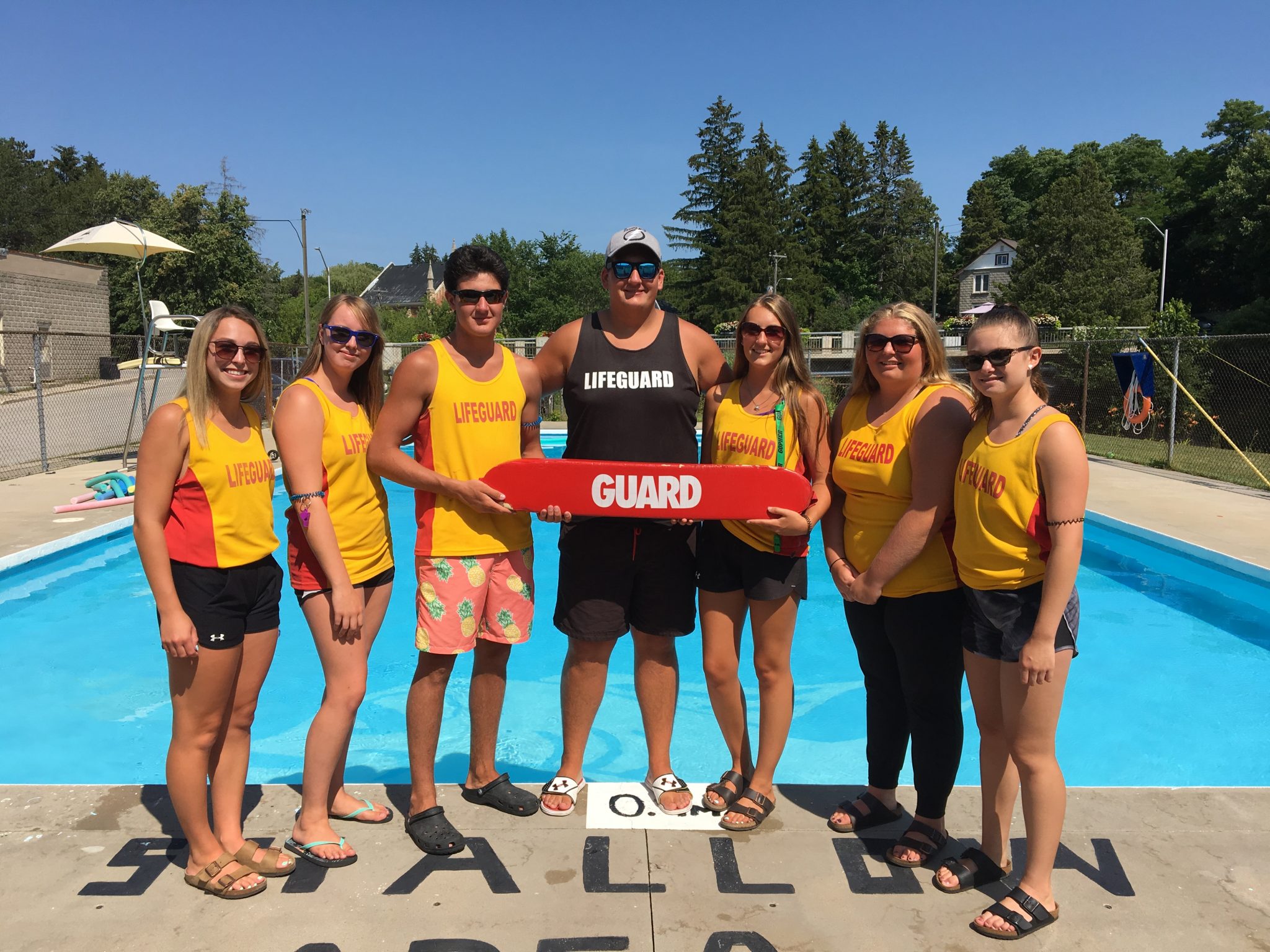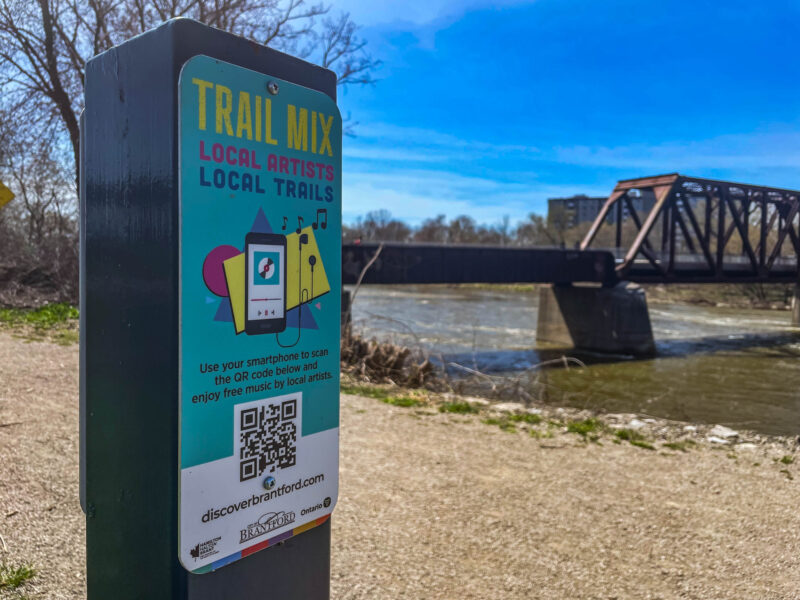CONTRIBUTED IMAGE
Being a lifeguard does not just mean we sit and watch you swim and do nothing. It means we are always on alert and making sure nothing goes wrong.
Over six years of my life has been dedicated to being a part-time lifeguard during the school year and full-time during the summer. I can honestly say that I wouldn’t want it any other way.
When I was younger, trying to figure out what part-time job I wanted, my mom pushed me towards lifeguarding. I was hesitant. It sounded very intimidating and I didn’t think it was right for me.
Many people dwell on how scary it will be if there’s an emergency. Being a lifeguard is like being a part of a sports team. You’re never on your own, you have a whole team behind you if something goes wrong or if you have a question.
A really good example of this was when I witnessed a co-worker having a suspected seizure at the top of the stairs leading to a slide. She was on her way to rotate me off and I noticed that she wasn’t responding to what I was saying.
When I asked if she was okay, she began to shake where she stood and I had to sit her down. I blew my whistle to the guards and they immediately got everyone out of the pool as fast as they could and made sure the head guard was on her way.
Once the nearest guard was over to help, my co-worker had come back to her senses and couldn’t remember climbing the stairs. At the time, it was one of the scariest things I had to be prepared for.
I never thought I’d have to rescue another guard. The ease came when I saw all the guards who had my back. They let me make the decisions and helped where they could. One of them took my position while another guard and I helped her down the stairs and into the office.
It could’ve been a lot worse if I didn’t have the help that I did. This was still a fairly new team for me to work with but that day we all gained a little more respect for each other.
I’ve had the pleasure of working with some amazing guards as well as teaching new co-workers the ropes of the job. One of the most satisfying parts of being a lifeguard is teaching children how to swim.
Everyone knows that taking care of kids has its challenges but, it’s an amazing feeling when you can get a crying, scared child to swim by themselves. Your heart swells when, even a year later, that child remembers your name and gives you a big hug.
There are a lot of required courses lifeguards have to take to get a job. If it weren’t for the help of my parents I wouldn’t have been able to afford it.
If a child decides they want to be a lifeguard, at 13 years old they can take the bronze courses, bronze star, bronze medallion, and bronze cross. Bronze star alone costs over $100 and the prices keep increasing after that.
After the bronze courses, when the child turns 16 years old, they have to take the National Lifesaving course (NLS), Standard First Aid with CPR C, and Water Safety Instructor (WSI). All those courses can cost over $800 depending where they are offered.
On top of that, every two years the guards have to recertify those three courses. Luckily, almost every aquatic centre gives compensation to recertify.
One of the appeals to becoming a lifeguard is the pay. When I started my first job in 2013, minimum wage was at $10.25/hour and I was getting paid $12/hour. As the minimum wage and my experience increased so did my pay. By my last year of high school I was getting $5 above minimum wage.
In the end, all the hard work is worth it. Being a lifeguard takes a lot of responsibility, dependability, patience, and teamwork. But, it also creates memories and friendships that last a lifetime.




